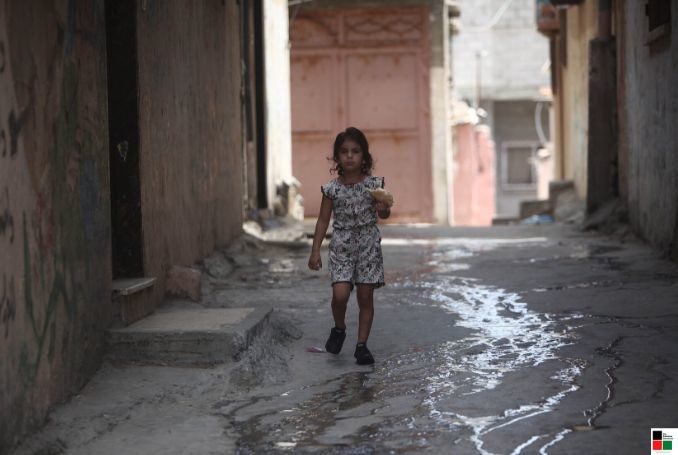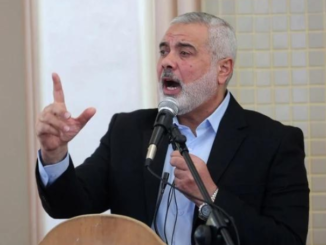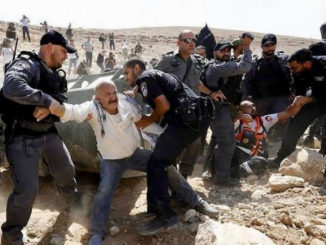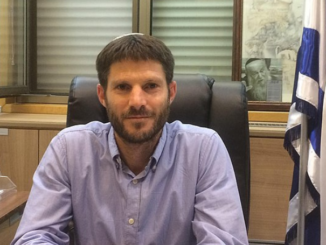
A study released today by the Palestinian Central Bureau of Statistics (PCBS) and the Palestinian Water Authority suggests that only four percent of households in the Gaza Strip have access to safely managed water, compared with 39.5 percent in the rest of Palestine.
In the West Bank, the study shows that 66.2 percent of households have access to safe water.
The daily allocation per capita from consumed water is less than the internationally recommended rate, and it is decreasing
The daily allocation per capita from consumed water for domestic purposes is 81.9 liters/capita/day in Palestine: 85.6 (l/c/d) in the West Bank, while it is 77 (l/c/d) in the Gaza Strip in 2019.
It’s absolutely the most incredible thing for Zionists to truly believe that has brought environmental prosperity to the land of Palestine when quite literally they are destroying parts of the land beyond repair literally just to spite Palestinians:https://t.co/dzhn9DYn1q
— Chasa ✡︎ (@jewishstartrek) March 15, 2021
As a result of population growth, and by taking the high percentage of water pollution in the Gaza Strip and calculating the quantities of water suitable for human use from the available quantities, the per capita share of freshwater is only 22.4 liters per day.
More than 97% of the water pumped from the coastal aquifer does not meet the standards of the World Health Organization.
The amount of water extracted from the coastal aquifer for domestic use was 187.6 million cubic meters (MCM) in the Gaza Strip in 2019. However, this quantity is obtained via unsafe pumping that jeopardizes the sustainability of the source, as the basin’s sustainable yield should not exceed 50-60 MCM a year.
More than 97% of the water pumped from the coastal aquifer in Gaza Strip does not meet the water quality standards of the World Health Organization, leading to the depletion of groundwater reserves, where the groundwater level in the coastal aquifer reached 19 meters below sea level.
It’s absolutely the most incredible thing for Zionists to truly believe that has brought environmental prosperity to the land of Palestine when quite literally they are destroying parts of the land beyond repair literally just to spite Palestinians:https://t.co/dzhn9DYn1q
— Chasa ✡︎ (@jewishstartrek) March 15, 2021
The Israeli occupation’s control of the water of the Jordan River and the Dead Sea is a major reason not to use surface water.
Data showed that the percentage of the exploitation of surface and groundwater from available water in the year 2019 was high with an average of 79%. It should be noted that Palestinians have been denied by the Israeli occupation to access and extract water from the Jordan River since 1967, which was estimated at about 250 MCM.
On the other hand, the quantity of water pumped from the Palestinian wells in the West Bank in 2019 was 101.3 MCM from Eastern Aquifer, Western Aquifer and North-Eastern Aquifer.
20% of the Available Water in Palestine is purchased from the Israeli Water Company “Mekorot”.
Only 4% of households in Gaza have access to safe water: PCBS https://t.co/edJyrQtW18
— Joe Catron 🇵🇸 #FreePalestinianStudents (@jncatron) March 21, 2021
With scarce water and Israeli restrictions on access to resources, Palestinian cities are forced to purchase water from the Israeli water company “Mekorot”. In 2019, they purchased 84.2 MCM, which represented 20% of the water available in Palestine (417.9 MCM).
Additionally, 40.6 MCM of the water were produced from the Palestinian springs while 289 MCM are pumped from groundwater wells and 4.1 MCM desalinated drinking water.
By subtracting 45.5% of the water available to Palestinians that is unsuitable for human use, by linking it to the quantities of polluted water in the Gaza Strip, the quantities of water suitable for domestic use available to the Palestinians are only 219.8 MCM, including purchased and desalinated water.
(WAFA, PC, Social Media)








